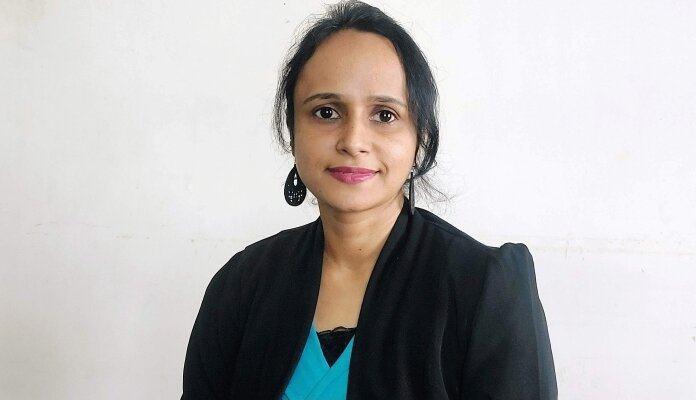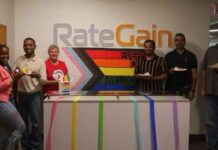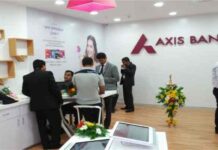
What’s the first thing that comes to your mind when you hear the word diversity?
For most, it’s women. Unfortunately, in many places, the discussion about diversity starts and ends with women but there are many types of diversity.
Internal Diversity
Internal diversity refers to characteristics that are inherent to a person.
- Race and Ethnicity: Race is a social construct that categorizes people based on physical characteristics, while ethnicity refers to shared cultural identity, traditions, and ancestry.
- Gender: A truly diverse workplace will welcome people of all genders
- Age: Age diversity brings a wealth of experience and perspectives to the table. Younger employees may bring fresh ideas and tech-savviness, while older employees offer experience, and mentorship.
- Physical and Mental Abilities: People with varying physical and mental abilities can be valuable assets to a team.
- Educational institutes: people may come from various institutes some marque and rest tier 2 or 3.
- Food habits: Vegetarian non vegetarian and vegan. As they say in India there are 7 types of vegetarians. Every day vegetarian., eggetarian, vegetarian on same days of the week and non veg on rest etc
- Sexual Orientation: Sexual orientation refers to a person’s enduring physical, romantic, or emotional attraction to another person. An LGBTQ+-inclusive workplace fosters a sense of belonging and respect for all employees.
- Neurodiversity: This term encompasses neurological differences like Attention Deficit Hyperactivity Disorder (ADHD), Autism Spectrum Disorder (ASD), Dyslexia, and Dyspraxia. These differences can impact how individuals learn, process information, and interact with their environment.
External Diversity
External diversity encompasses characteristics and experiences that individuals gain throughout their lives. These experiences shape their values, beliefs, and how they approach work. Here are some important aspects of external diversity:
- Socioeconomic Background: Employees come from various socioeconomic backgrounds, with different life experiences and financial realities. Understanding these differences can help create a more equitable and inclusive workplace.
- Education: Educational background and experiences can vary greatly among employees. A diverse workplace will have people with a range of educational qualifications and experiences.
- Religion: Religious beliefs and practices can influence a person’s work ethic, values, and availability. A workplace that respects religious diversity can accommodate different religious observances and practices.
- Marital Status: Employees may be single, married, partnered, divorced, or widowed. They may or may not have children. These factors can influence an employee’s work schedule, priorities, and availability.
- Military Service: Military experience can instil valuable skills like discipline, teamwork, and leadership. A workplace that values veterans can leverage their unique skills and experiences.
Organizational Diversity
Organizational diversity refers to the different roles, departments, and work styles that exist within a company. Here are some key aspects of organizational diversity:
- Job Function and Department: People in different departments (e.g., HR, marketing, engineering, sales) will have different skills, approaches, and perspectives. A diverse workplace will have a variety of job functions represented.
- Work Styles: People have different work styles; some prefer to work independently, while others thrive in collaborative environments. A diverse workplace recognizes these differences and allows for flexibility in work styles.
- Experience Level: Employees will have varying levels of experience, from recent graduates to seasoned professionals. This mix of experience levels can foster knowledge sharing and mentorship opportunities.
Once we understand that diversity is of varied types, let’s explore how to create that kind of environment, where everyone feels valued and supported.
1- Accept that everyone is different: no two people are exactly alike. Everyone comes to work with their own unique:
- Strengths and talents: We all have things we are good at. Some people love working with numbers, while others are great at coming up with new ideas.
- Preferences: Some people like working mornings, while others prefer afternoons. Some enjoy working independently, while others thrive in a team environment.
- Experiences: Everyone has their own life story, which shapes how they see the world and approach their work.
2- Once you accept everyone is different, the next step is to make everyone feel welcome: Here is how it can be done-
- Listen to them: Encourage everyone to share their ideas and opinions, and listen carefully to what they have to say.
- Be flexible: Offer different work arrangements, so people can manage their work around their lives. This could include working from home, starting and finishing work at different times, or having flexible hours.
- Celebrate differences: Recognize and celebrate the unique strengths and experiences that each person brings to the team. This can lead to better teamwork and problem-solving.
- Help everyone grow: Offer opportunities for everyone to learn and develop new skills. This could involve training courses, workshops, or mentoring programs.
- Recognition for everyone: Create a recognition program that acknowledges diverse contributions and fosters a sense of appreciation.
- Embrace diverse experiences: Recognize that individual life experiences shape perspectives. Actively listen to different viewpoints and capitalize on the unique insights each employee brings.
By creating a workplace that celebrates differences and empowers individuals, you can build a happier, more successful team. Remember, a strong team is like a beautiful puzzle: each piece is unique, but they all come together to create something amazing!
Note: We are also on WhatsApp, LinkedIn, and YouTube, to get the latest news updates, Join our Channels. WhatsApp– Click here, to subscribe to YouTube – Click Here, and for LinkedIn– Click Here.








